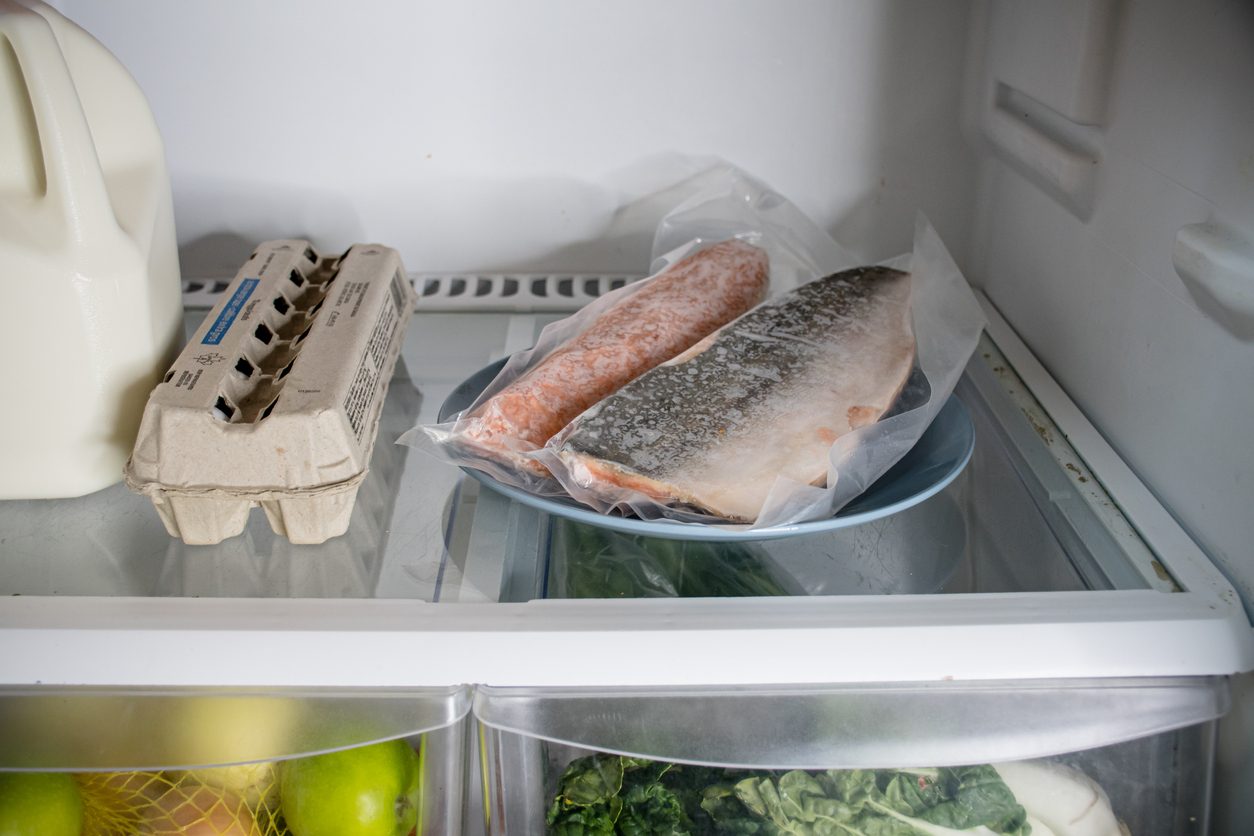Can You Freeze Thawed and Cooked Food? Understanding Freezing and Thawing Techniques
Freezing and thawing food can be a convenient way to preserve meals and reduce food waste. However, not all foods fare well through these processes, and it's essential to understand the best practices for freezing and thawing to maintain food safety and quality. In this article, we'll delve into the intricacies of freezing and thawing thawed and cooked food, exploring the dos and don'ts to ensure your meals remain delicious and safe to eat.
;Resize,width=742;)
Freezing is a preservation method that involves lowering the temperature of food to below freezing point, typically around 0°F (-18°C), to halt bacterial growth and enzymatic activity. Thawing, on the other hand, is the process of allowing frozen food to return to its natural state by gradually raising its temperature. While freezing can extend the shelf life of food, improper thawing techniques can compromise its quality and safety.
Can You Freeze Thawed Food?

When it comes to the question of whether you can freeze thawed food, it's essential to consider various factors to ensure both safety and quality. The decision to refreeze thawed food depends on several key elements, including the type of food, the method of thawing employed, and the duration it spent at room temperature. In general, if you've thawed food in the refrigerator and it hasn't been left at room temperature for more than two hours, it's generally safe to refreeze it. However, it's crucial to exercise caution and assess each situation individually.
While refreezing is technically safe under these conditions, it's important to acknowledge that it may impact the texture, flavor, and overall quality of certain foods. Therefore, it's advisable to use your judgment and carefully evaluate the specific food item before deciding whether to refreeze it. By considering these factors, you can make informed decisions about the safety and quality of refreezing thawed food, ensuring that it remains both delicious and safe to consume.
Freezing Cooked Food: Do's and Don'ts

When it comes to freezing cooked food, there are several dos and don'ts to keep in mind. Firstly, it's essential to allow cooked food to cool completely before freezing to prevent bacterial growth. Once cooled, portion the food into airtight containers or freezer bags, removing as much air as possible to prevent freezer burn. Label each container with the date and contents for easy identification. Additionally, certain foods, such as soups and stews, may benefit from being slightly undercooked before freezing, as they will continue to cook during the reheating process.
At a glance, here are the Dos and Don’ts of freezing cooked food:
Do:
- Cool cooked food completely before freezing.
- Use airtight containers or freezer bags.
- Label containers with date and contents.
- Consider slight undercooking for soups and stews.
- Freeze food promptly after cooking.
Don't:
- Freeze hot or warm food.
- Overcrowd the freezer; ensure proper air circulation.
- Freeze large quantities in a single container.
- Refreeze food left at room temperature for over two hours.
- Avoid freezing high-water content foods like lettuce.
How to Thaw Frozen Cooked Food Safely

Proper thawing techniques are crucial to maintain the quality and safety of frozen cooked food. The safest method is to thaw food in the refrigerator, allowing it to defrost slowly and evenly. Alternatively, you can use the defrost setting on your microwave for smaller portions or thaw food under cold, running water.
That said, you must always avoid thawing food at room temperature, as this can lead to bacterial growth and foodborne illness. Also, once you have thawed cooked food, endeavour to consume it within a few days and never refreeze unless it has been reheated to an internal temperature of 165°F (74°C).
Conclusion
In conclusion, freezing and thawing thawed and cooked food can be a convenient way to extend its shelf life and reduce food waste. By following proper freezing and thawing techniques, you can ensure that your meals remain safe and delicious. Remember to cool cooked food before freezing, use airtight containers or freezer bags, and thaw food safely in the refrigerator or under cold, running water. With these tips in mind, you can confidently freeze and thaw cooked food without compromising its quality or safety.
;Resize,width=767;)
;Resize,width=712;)
;Resize,width=712;)

